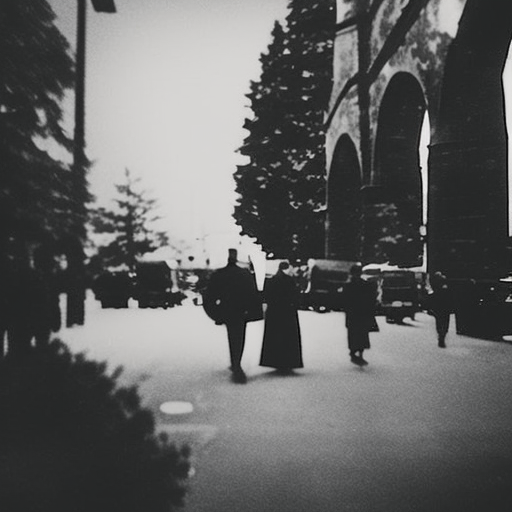Summary:
Charlemagne, also known as Charles the Great, was the King of the Franks and Lombards in the 8th and 9th centuries. He expanded the Frankish kingdom into a vast empire, known as the Carolingian Empire, which covered much of Western Europe. Charlemagne was a skilled military leader, a patron of learning, and a devout Christian. His reign marked a period of cultural and intellectual revival, known as the Carolingian Renaissance.
Early Life and Rise to Power:
Charlemagne was born in 742 in the Frankish kingdom, the son of King Pepin the Short. After his father’s death in 768, Charlemagne and his younger brother Carloman inherited the kingdom. However, Carloman died in 771, leaving Charlemagne as the sole ruler. Charlemagne quickly consolidated his power and embarked on a series of military campaigns to expand his territory.
Military Campaigns and Expansion:
Charlemagne’s military campaigns were highly successful, and he expanded his kingdom through conquests and alliances. He defeated the Lombards in Italy, the Saxons in Germany, and the Moors in Spain. Charlemagne also established the Spanish March, a buffer zone between his empire and the Muslim territories in the Iberian Peninsula. By the end of his reign, Charlemagne’s empire stretched from the Pyrenees in the west to the Danube in the east.
Administration and Governance:
Charlemagne was a skilled administrator and implemented numerous reforms to strengthen his empire. He divided his kingdom into administrative units called counties, each governed by a count. Charlemagne also appointed missi dominici, royal envoys, to ensure the enforcement of his laws and maintain order. He encouraged economic growth by promoting trade and building infrastructure, such as roads and bridges.
Religious Reforms and Christianization:
Charlemagne was a devout Christian and sought to strengthen the role of the Church within his empire. He supported the spread of Christianity among the pagan peoples he conquered and enforced religious conversion. Charlemagne also worked closely with the Pope and was crowned Emperor of the Romans by Pope Leo III in 800, reviving the title that had been dormant since the fall of the Western Roman Empire.
Carolingian Renaissance:
One of Charlemagne’s most significant contributions was his patronage of learning and culture. He established schools and monasteries, attracting scholars from across Europe. Charlemagne himself was a great patron of the arts and sciences, and he encouraged the production of manuscripts and the preservation of ancient texts. The Carolingian script, a clear and legible handwriting style, was developed during this period.
Legacy:
Charlemagne’s reign had a lasting impact on European history. His empire laid the foundations for the Holy Roman Empire, which emerged in the following centuries. Charlemagne’s efforts to promote education and culture paved the way for the medieval intellectual revival. His coronation as Emperor of the Romans also established a close relationship between the papacy and the secular rulers of Europe. Charlemagne is remembered as one of the greatest rulers of the Middle Ages, and his legacy continues to influence European politics and culture to this day.












